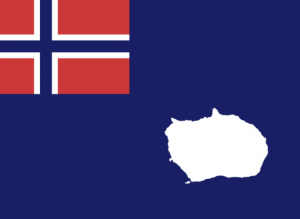Language/Norwegian-bokmal/Culture/Bouvet-Island-Timeline
Bouvet Island, Norwegian Bouvetøya, islet in the South Atlantic Sea. One of the world's most detached islands, it lies around 1,500 miles (2,400 km) southwest of the Cape of Good Any desire for southern Africa and around 1,000 miles (1,600 km) north of the central area of Antarctica. Of volcanic beginning, it is rough and essentially ice-covered, with ice precipices encompassing the coast. Landing is very troublesome on the island. It has a space of 23 square miles (59 square km), ascends to 3,068 feet (935 meters), and is uninhabited.
Bouvet Island was found in 1739 by the French pilot Jean-Baptiste-Charles Bouvet de Lozier (1705–86), for whom it is named. It was rediscovered by a German campaign in 1898, and Norwegian endeavors to the Antarctic during the 1920s asserted it for Norway as a potential whaling station. The Norwegian banner was first lifted over the island in December 1927; it was attached to Norway by illustrious pronouncement on Feb. 27, 1930. The island was proclaimed a nature save by the Norwegian government in 1971.
World Timelines[edit source]
Other Lessons[edit | edit source]

